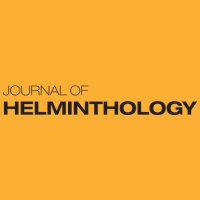
Journal of Helminthology
@jhelminthology
Parasitology journal (Est. 1923) publishing research articles & reviews on all aspects of helminth biology. (Publisher: @CambridgeUP)
Tweets by @The_Episiarch
ID: 1097660733611864067
https://www.cambridge.org/core/journals/journal-of-helminthology 19-02-2019 00:54:47
570 Tweet
1,1K Takipçi
69 Takip Edilen


NUEVA PUBLICACIÓN! . Con alegría les comparto este nuevo artículo producto de mi tesis doctoral. Además, consideramos algunos especímenes colectados por Verónica Flores en Argentina. Journal of Helminthology



































